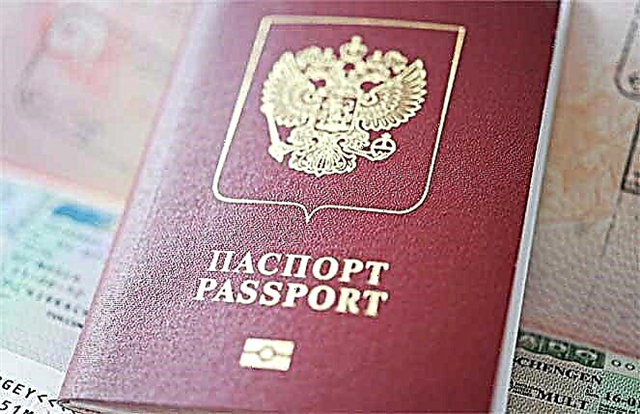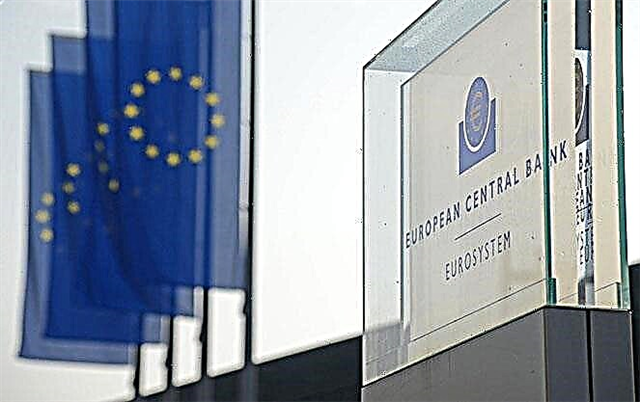In the current economic situation in Russia, our compatriots strive to reliably invest the available funds in order to minimize the risks of losses. The first thing that comes to mind is the banks of Europe. There are many reliable ones on the Old Continent. We will talk about them.

General information
The variety of forms of ownership is a characteristic feature of the banking system of European countries. On this basis, financial institutions are distinguished:
- state;
- joint stock;
- corporate;
- private;
- mixed.
If we apply the criterion "functional purpose", banks in Europe are divided into:
- Emission. In Russia, as in other countries, this is the Central Bank. Issuing cash into circulation is the main function of this type of financial institution. It is clear that they do not work with private clients.
- Deposit. The main activity of such banks is the accumulation of savings of the population. They receive profit from performing various operations with these funds.
- Commercial. Credit institutions of this category carry out all operations that are allowed by banking legislation.
In addition, financial institutions are versatile and specialized. The first ones perform the entire range of banking services for servicing clients of different categories - individuals and legal entities. Specialized banks include organizations, for example, that issue loans only for housing. In Russia, this is the DeltaCredit Bank. His specialization is mortgage.

By the type of work organization, financial organizations are standard and work only on the basis of Internet banking. In Europe, the second is the Dutch ING Direct from the ING Groep consortium, which operates online in 5 countries of the Old Continent.
In general, to achieve success, European banks are currently using the following types of software and hardware systems:
- Automated - Allows customers to complete transactions without leaving their home.
- Intelligent. Systems of this type collect information about a specific client from all existing databases and, after processing them, offer to choose the optimal banking products.
How lists of reliable banks are formed
Determining the reliability of banks, experts use a number of criteria. Let's name the main ones:
- Bank size. This indicator demonstrates the stability of a financial institution and its ability to survive crises that are possible in the foreseeable future. In addition, this parameter gives an idea of the possible period of the bank's normal operation.
- Credit rating. A very important indicator that demonstrates the level of reliability of a financial organization. Depositors are guided by the rating when choosing a bank.
- Availability of information about the bank. To get the necessary data, you need to visit the website of the financial institution. If on the pages of the Internet resource there is no information about the history of the bank, its founders, it is better to refuse to cooperate with this credit institution.
- Investment characteristics of banks. Their analysis allows us to conclude about the safety of opening a deposit in a particular financial institution. These are the following indicators:
- the level of liquidity and profitability;
- the volume and quality of the assets available;
- dynamics in combination with the structure of the balance sheet of the credit institution;
- degree of capitalization.
Interest on deposits is by no means the main criterion. It is more important to pay attention to the bank's shareholders. It is good if they include a large financial and industrial group.
You should also know that the proper level of reliability of foreign banks operating in our country provides support for the parent company.
The most reliable European banks

One of the characteristics by which the degree of reliability of a banking structure is determined is the volume of its assets. Below is a ranking of the largest financial institutions in Europe, compiled with this indicator in mind:
- HSBC (London, UK). The retail network includes about 3800 branches in 66 countries of Europe, Asia, Africa, South and North America, and serves 38 million customers.
- BNP Paribas (Paris, France). The key area of work is corporate investment banking. This includes operational and structured leasing, financing of export trade transactions, a wide range of foreign currency transactions, etc.
- Barclays (London, UK). Financial analysts position this organization as a universal bank. That is, clients can not only place deposits here, but also apply for loans. Barclays also issues and services plastic cards, provides settlement and cash services, acquiring, processing, etc.
- Deutsche Bank (Germany, the board is located in Frankfurt am Main). In terms of the number of employees and the volume of assets, it is the largest financial conglomerate in Germany. The main direction is investment activity. In this segment of the banking market, it accounts for 20%.
- Credit Agricole (France, headquartered in Paris). The organization has 3 levels: subsidiaries, regional banks, local banks. Credit Agricole owns 39 corporate and retail local financial institutions, in which it controls 25% of the capital. This structure makes it difficult to manage the organization, but allows you to receive discounts on the French stock exchange.
- Royal Bank of Scotland (Edinburgh, UK) is the only one in foggy Albion that, besides the Bank of England, has the right to mint banknotes.
- Societe Generale (Paris, France). This bank is represented in 82 countries of the world, in which it serves more than 30 million customers. In 2021, its structural unit “Banque Societe Generale Vostok” was merged with Rosbank. Russians can borrow the required amount in this new financial institution in rubles and foreign currency, open a current and deposit account, get a credit and debit card, place a deposit, etc.
- Grupo Santander (Spain, headquarters in Santander). This financial structure includes more than 780 companies. Grupo Santander is the title sponsor of the Grand Prix of Great Britain, Germany, Spain and China. In addition, it acts as a partner for teams such as Scuderia Ferrari and McLaren in Formula 1.
- Lloyds Banking Group (London, UK). This financial holding company provides not only services that are standard for banking - consumer and mortgage lending. His sphere of interests also includes insurance of individuals, legal entities and the risks of non-repayment of loans received by clients.
- ING Groep (Amsterdam, Netherlands). This financial institution provides retail, investment and commercial banking services. In addition, he works in the insurance market. ING Groep also provides pension services. His most active activity takes place in the Benelux countries.
- UBS (Zurich, Switzerland). The largest Swiss financial holding UBS in 2021 was included by the Financial Stability Council acting under the G20 in the list of 29 systemically important banks for the global economy. For this reason, the entity is required to comply with more stringent equity requirements.
- UniCredit (Milan, Italy). He began his activity in Russia during the Soviet era - in 1989. As of 2021, 91 branches of this bank were opened in the Russian Federation. To transfer funds to the accounts of residents of other CIS countries, interbank transactions are used.
- Nordea (Stockholm, Sweden). This financial group has more than 1400 branches in 19 countries of the world, serving 700 thousand corporate and 10 million private clients.The list of services provided to ordinary citizens is quite wide: private banking, bank safes, debit cards, overdraft loans, consumer and mortgage loans, car loans, deposits, account management.
- Intesa Sanpaolo (Turin, Italy). The main areas of activity of this financial group on the territory of the Russian Federation are as follows:
- trade finance;
- salary projects;
- investment life insurance;
- implementation of state support programs for medium and small businesses;
- attraction of funds from the population in the form of deposits;
- documentary business;
- issue of cards;
- maintenance of accounts of individuals and legal entities;
- lending.
- Banco Bilbao Vizcaya Argentaria (Bilbao, Spain) It is the second largest financial group in Spain after Santander. It provides all categories of clients with a wide range of services, from account management to insurance.
- Standard Chartered (London, UK). Although the headquarters of this structure is located in London, it has no branches in the UK. The main activities are carried out in the countries of Asia and Africa, primarily in Hong Kong and Singapore. The Hong Kong subsidiary of Standard Chartered is one of the three banks issuing US dollars.
- Natixis (Paris, France). The creation of a branch of the bank on the territory of the Russian Federation pursued the goal of medium-term lending to enterprises of the Russian mining complex that export natural resources. Serving individuals is not a priority for this financial institution.
- Commerzbank (Frankfurt am Main, Germany). After the acquisition of Dresdner Bank in 2009, this bank became one of the largest credit institutions in Germany and Europe. Commerzbank offers foreign companies professional assistance in organizing business in the Russian Federation and provides the largest Russian firms with a wide range of financial services.
- Danske Bank (Copenhagen, Denmark). The list of services of this bank in the Russian market includes the following positions:
- customs and corporate cards;
- trade finance;
- electronic banking;
- currency control services;
- payments within Russia and abroad;
- maintaining accounts in various currencies, etc.
We draw your attention to the fact that not a single bank in Switzerland entered the top 10.
Conclusion
More and more foreign banks appear on the financial market of our country. Providing the most favorable conditions for savings programs and lending, they are a serious competitor to domestic similar institutions. According to analysts, this phenomenon, along with undoubted advantages, negatively affects the Russian economy, because interest on loans is withdrawn to the accounts of foreign credit organizations.
In addition, domestic banks are forced to reduce lending rates. This, in turn, leads to a decrease in taxable profit, due to which the fiscal fees paid to the budget also decrease.











